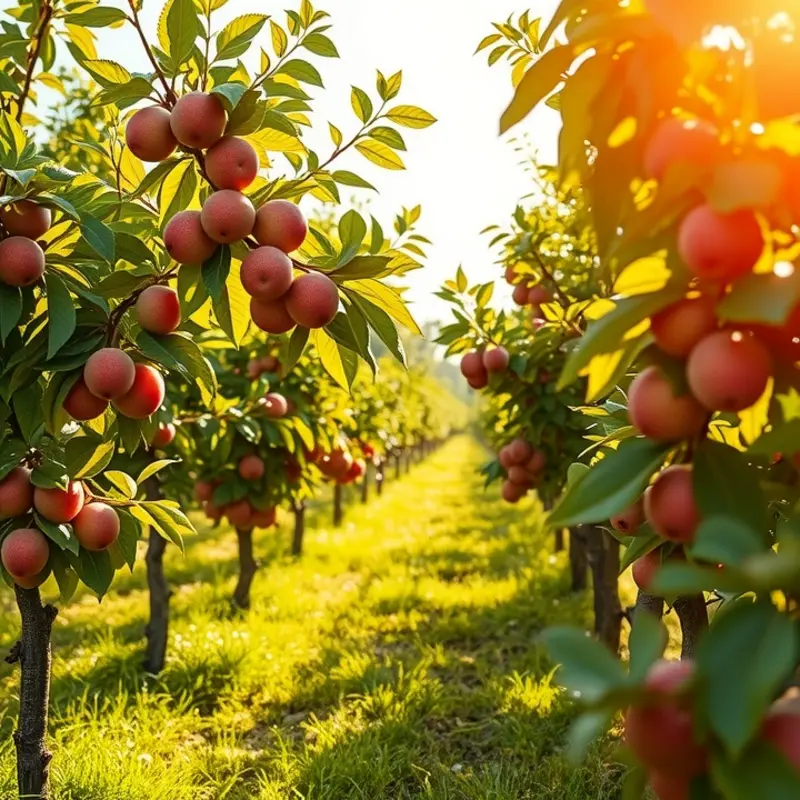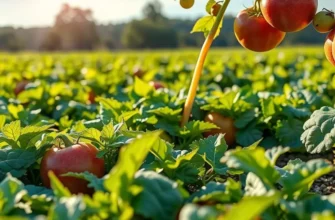Transporting perishable food requires careful planning and strategy to ensure freshness and safety. Whether you’re going on a picnic or moving groceries home, understanding how to keep food at the right temperature is essential. With the right techniques, you can minimize spoilage, avoid waste, and maintain the quality of your food. This guide presents practical tips on how to effectively manage perishable food during transit.
Understanding the Importance of Temperature Control

Temperature control is a critical factor in the safe transportation of perishable foods. When temperatures deviate from the ideal range, harmful bacteria can rapidly multiply, leading to spoilage and foodborne illness. Understanding safe temperature ranges for various food types is crucial to maintaining food quality and safety.
For dairy products, keeping items like milk, cheese, and yogurt between 34°F and 38°F (1°C and 3°C) is essential. This range helps slow down bacterial growth without freezing the products, ensuring they remain safe and fresh. Meat, particularly poultry and seafood, requires storage temperatures below 40°F (4°C). Ideally, raw meat should be kept closer to 32°F (0°C) until cooking. Even small deviations can spoil meat and drastically increase the risk of contamination.
Fruits and vegetables have unique storage challenges. Leafy greens, for example, maintain their crispness best at temperatures ranging from 32°F to 36°F (0°C to 2°C). On the other hand, tropical fruits such as bananas and pineapples prefer slightly warmer conditions, around 50°F to 55°F (10°C to 13°C), to avoid chilling injury that can impair texture and flavor.
Statistics underscore the importance of maintaining these temperatures. The USDA reports that perishable goods kept in the ‘danger zone’—between 40°F and 140°F (4°C and 60°C)—for over two hours contribute significantly to foodborne illnesses. An estimated 48 million Americans suffer from food-related illnesses each year, partly due to inadequate temperature control.
To achieve the right conditions during transportation, utilize coolers with ice packs or portable electric coolers, especially for long journeys. Monitoring tools such as digital thermometers can ensure foods remain within the safe temperature ranges. Adjusting the placement within coolers is also key—meats should be stored at the bottom to prevent drippings from contaminating other items.
Being mindful of temperature control not only protects against illness but also minimizes waste. Spoiled food contributes to over one-third of food waste annually, a trend that could be curbed significantly with proper temperature management.
For further insights on minimizing food waste, you might find our low waste cooking prep strategies helpful in enhancing both sustainability and safety in food handling.
Effective Packing Techniques for Transport

When it comes to transporting perishable food items, proper packing techniques can make all the difference in maintaining freshness and preventing spoilage. The key to effective packing lies in using insulated bags or coolers, keeping items separated, and strategically packing in layers.
Insulated Bags and Coolers: Insulated bags and coolers are indispensable tools for maintaining the temperature of perishable foods during transport. These containers work by slowing the transfer of heat, which keeps cold foods cold and hot foods hot. For the best results, choose a cooler or bag that is appropriately sized for the quantity of food being transported. A container that is too large will allow excess warm air inside, while one that is too small may not accommodate necessary ice packs.
Separation of Food Items: Different types of foods can emit gases or moisture that may accelerate spoilage in others. Therefore, it is crucial to keep certain foods separate. For example, raw meats should be isolated from produce to prevent cross-contamination. Using separate, leak-proof containers or bags for each type of food item not only maintains hygiene but also helps in organizing the contents of the cooler efficiently.
Packing in Layers: When packing a cooler or insulated bag, the goal is to minimize movement and maintain a consistent temperature. Begin by placing a layer of ice packs or dry ice at the bottom. Next, add heavier, more substantial items like meat or dairy products. Finally, place lighter items such as vegetables and prepared meals on top. This layering technique helps in reducing the shifting of items during transport, which can otherwise break the cold chain and contribute to spoilage.
Usage of Ice Packs and Dry Ice: For longer transport durations, ice packs or dry ice are necessary. Ice packs are ideal for shorter trips as they maintain a safe temperature without making the contents wet. Dry ice, while more effective for prolonged periods, requires careful handling due to its extremely cold temperature. Always ensure that there is adequate ventilation when transporting dry ice to avoid the buildup of carbon dioxide.
Choosing the Right Materials: Selecting the right materials is key for different types of food. Foods that are sensitive to moisture, such as leafy greens, can be wrapped in towels or placed in perforated bags to allow airflow while maintaining their crispness. Moisture-resistant wraps or vacuum-sealed bags are suitable for meat and seafood to prevent spillage and odor accumulation. You may find additional insights on how to store sauces safely in your kitchen here.
By employing these strategic packing techniques, you ensure that perishable foods are kept fresh and safe during transport. Thoughtful preparation and the right materials not only help minimize food waste, but also ensure that you enjoy your meals at their best quality once they reach their destination.
Final words
Successfully transporting perishable food involves proper understanding and careful execution of temperature control, diligent packing strategies, and awareness of the food types involved. By using insulated containers and separating various food items, you can maintain freshness and reduce waste. Implementing these practical tips will not only preserve your groceries but also promote better food management practices in your daily life. Make these methods a habitual part of your food transport routine, and enjoy the benefits of minimized waste and enhanced food quality.







